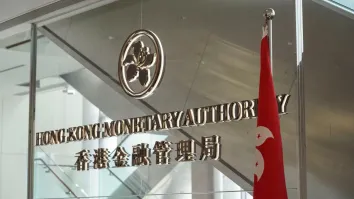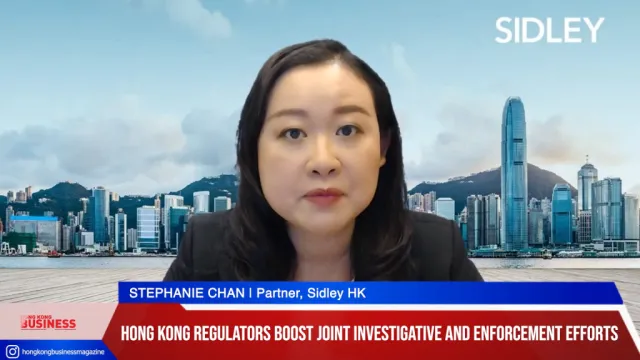
Almost half of Asian employers say their performance management processes are ineffective
Do these processes measure effectiveness effectively?
It has been noted that employers in Asia Pacific are using performance management processes to drive broad organisational objectives, and believe that by and large, these objectives are being met.
According to a release from Willis Towers Watson, however, its 2015 Talent Management and Rewards Pulse Survey — Asia Pacific released recently, also found that almost half (46%) of employers in Asia either said their performance management processes are ineffective, or are neutral.
This gap could be explained by what is measured, and what is not. The research, which reached out to employers to learn about their performance management processes, shows companies are largely concerned with tracking compliance, and not qualitative or business outcomes.
Most employers measure success through metrics such as the percentage of managers who complete annual reviews on time (39%), or employees who complete the process on time (37%). Only one in five employers measure the quality of goals set. Almost one in three employers do not formally measure effectiveness.
Here's more from Willis Towers Watson:
“Employers seem to be at a crossroads when it comes to their performance management processes,” said Dhritiman Chakrabarti, Asia Pacific Leader for Rewards, Talent & Communication at Willis Towers Watson. “On the one hand, they sense change is needed, but on the other hand, they are not sure what specific form that change should take. It’s because of this uncertainty that a few have turned to extreme steps such as going completely ratingless, which makes news headlines and causes other employers to wonder uneasily if they should follow suit.”
The survey shows that 6% of employers have eliminated performance ratings/scores, and an additional 11% are considering doing so. 10% of organisations are considering scrapping performance management all together. Instead, employers are finding ways to improve their current system: For instance, three in five employers have already changed or are in the process of changing their focus to include performance achievement and future potential. Another three in five have introduced or are considering introducing new technology.
“These are positive changes, but incremental. Employers could go a step further,” said Chakrabarti. “The key to driving high performance across the workforce is to align performance management — and individual performance objectives — to strategic business priorities. Once employees feel they are making a true contribution to the success of the business, their engagement rises and their potential can be unlocked.”
Barriers: According to the survey, a lack of helpful feedback and resources are the greatest barrier to effective performance management. Almost three in five (59%) say managers spend too little time having ongoing conversations with employees about their individual performance, while 57% report a lack of effective feedback. (Two-thirds of employers spend less than four hours on performance management per employee per year — essentially covering the annual performance review only.)
Additionally, more than half of employees say managers and supervisors do not have the necessary skills (53%) or are pressed for time to manage performance effectively (54%).
“Developing — and maintaining — an effective performance management process is never an easy ask,” said Chakrabarti. “Performance management not only needs to keep employees motivated and engaged in the current organisation, it also needs an eye to where the organisation is going, and the skills needed to take it there. Today very few employers in Asia Pacific have this type of forward-looking agenda. By taking a strategic and holistic — including communication and technology, for instance — view of performance management, employers can ensure their workforce, often their most valuable resource, is also their greatest competitive advantage.”



















 Advertise
Advertise






